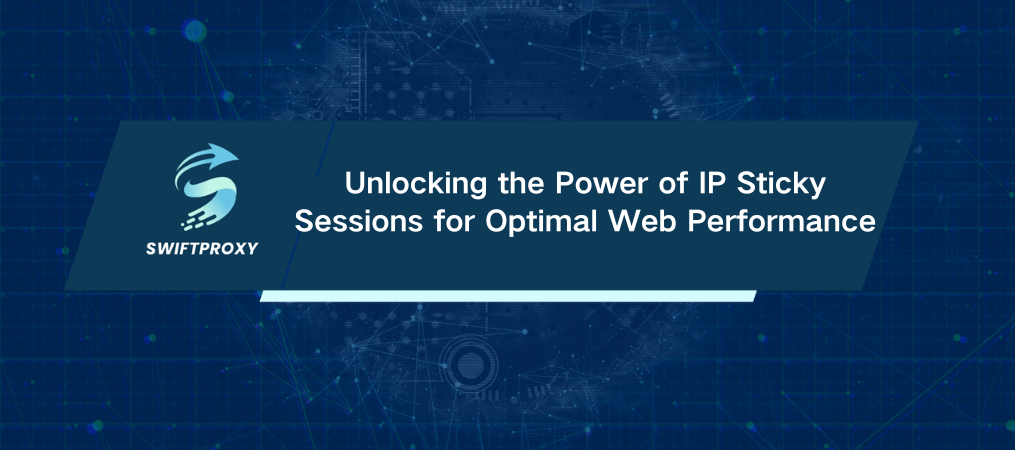Unlocking the Power of IP Sticky Sessions for Optimal Web Performance

Every interaction matters, especially in the digital world. If your users feel lost or frustrated, they'll quickly leave your site. This is where IP sticky sessions come into play—a significant improvement for user experience and resource optimization. Let's explore what IP sticky sessions are, their benefits, and how to implement them effectively.
Understanding IP Sticky Sessions
IP sticky sessions, also known as session persistence, create a special connection between a user and a specific server for the duration of their visit. Think of it like having a favorite barista who knows your usual order. When a user logs into your site, they're consistently directed to the same server. This happens through a load balancer that assigns a unique identifier, usually via a cookie or by tracking the user's IP address.
Why is this crucial? HTTP/S is inherently stateless, which means it doesn't remember user data across requests. IP sticky sessions fill that gap, allowing your web application to maintain personalized experiences—like saved shopping carts or ongoing chat conversations—without losing context.
How to Tackle the Load Balancer Dilemma: IP Sticky Sessions or No Sticky Sessions?
Picture navigating a maze. Without session persistence, every interaction could send your user to a different server, risking lost data and a frustrating experience. IP sticky sessions prevent this by minimizing unnecessary data exchange. Servers retain user data locally, improving performance and responsiveness.
The Pros and Cons of IP Sticky Sessions
IP sticky sessions come with some clear advantages:
Cutting Down on Data Exchange: No need for servers to constantly swap session data. This saves time and resources, especially at scale.
Better RAM Cache Utilization: IP sticky sessions enhance the efficiency of your application's RAM cache, resulting in snappier performance.
But, there's a catch. If one server becomes overloaded with sessions, it could strain resources. If your load balancer needs to shift a user mid-session, it risks data loss. Finding the right balance is essential!
Handling Session Persistence through Cookies
You can manage IP sticky sessions using cookies in two ways:
Persistence Based on Duration
The load balancer issues a cookie that defines a specific timeframe for stickiness. If that cookie is present, the session remains sticky. Once the time is up, the connection resets.
Persistence Managed by the Application
Here, your application generates a cookie that dictates the session's lifespan. The load balancer still issues its own cookie but aligns with the application cookie's expiration. This method is efficient, but it requires deeper integration.
Refining IP Sticky Sessions with Swiftproxy Load Balancing
Managing IP sticky sessions can be straightforward with Swiftproxy's load balancer. With just one click, you can activate session stickiness. This means a dedicated session cookie is created in your users'browsers, ensuring they're consistently served by the same server throughout their visit.
Our Load Balancer as a Service (LBaaS) is ideal for organizations managing multiple servers or data centers. It offers high customization, allowing you to choose various distribution algorithms and IP/geo-based rules to enhance performance and maintain compliance.
Conclusion
IP sticky sessions play a crucial role in delivering a seamless user experience. They optimize resource usage, improve application performance, and ensure that user data remains accessible and secure. Implementing IP sticky sessions can significantly enhance the efficiency of your web application, leading to higher user satisfaction.

















































